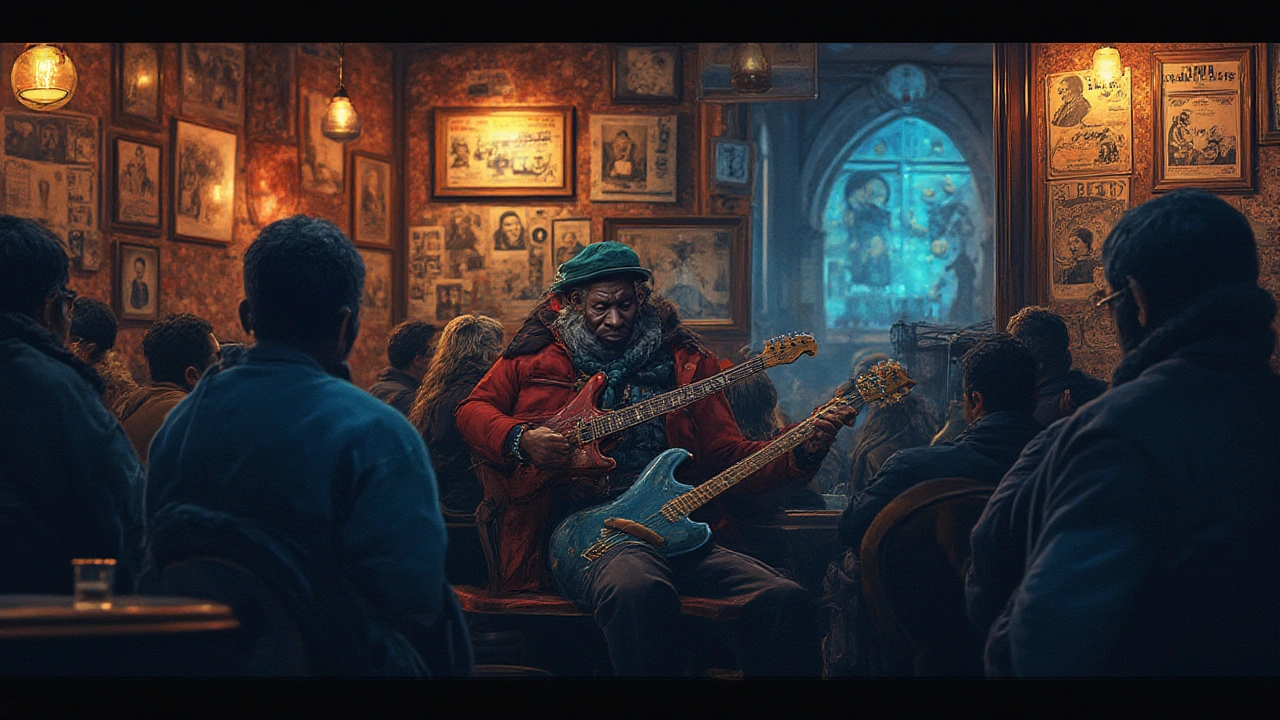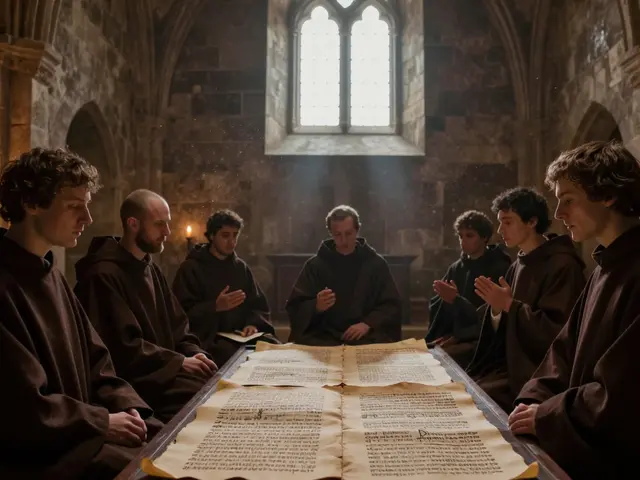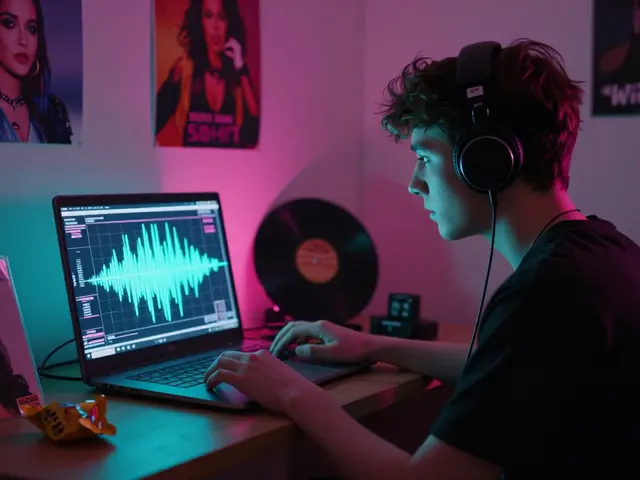Strange how a guitar riff from a band in Mississippi almost a century ago can still make your hair stand on end today, isn’t it? Blues music just refuses to fade away. It snakes its way through movie soundtracks, pops up in talent show auditions, and even grabs hold of you in muddy festival fields or neon-lit bars. Some folks say blues is simple—just three chords, a heartfelt voice, and maybe a well-worn harmonica—but whoever thinks that has never really listened. Blues is simple, but the emotions packed into those notes could fill entire lifetimes.
The Roots: Blues Born in Hard Times
The blues didn’t just sprout up out of nowhere one lazy summer afternoon. Its story is tangled in the muddy Delta soil of the American South, shaped by African-American communities bearing the weight of tough times and historic injustice. In the late 1800s, freed slaves carried their grief and hope into field hollers, work songs, and spirituals. Those rhythms and melodies, banged out on battered guitars—often homemade—grew into the earliest blues. Charley Patton, Son House, and Ma Rainey were just some of the names etching out their stories on shaky records or inside barn dance halls.
One striking fact: The first-ever blues recording was Mamie Smith’s “Crazy Blues” in 1920, and it sold over a million copies when folks didn’t even have a lot of radios. Suddenly, the blues wasn’t local anymore. It hitched a ride on the railroad with traveling musicians and found fans as far away as New York. City folks heard the stories of heartbreak, betrayal, and stubborn survival, and they recognized something familiar—it didn’t matter where you came from, pain and joy sounded the same in those bent notes.
Some of the earliest blues lyrics talked about lost love and oppression, but they also hid code words and jokes. For a lot of musicians, their guitar was a second voice because speaking openly was dangerous. Even today, listen closely to songs by Skip James or Bessie Smith, and you’ll hear double meanings, life lessons, and straight-up sass buried under the slide guitar.
Why the Blues Sticks: The Emotional Punch
Let’s be real—nobody cues up “The Thrill Is Gone” or “Hellhound on My Trail” expecting party music. Blues digs inside you and rattles around until it finds that old wound you try hard to forget. What keeps people coming back is how the blues refuses to sugarcoat life. Misfortune, heartbreak, or frustration—blues music drags it out into the open. The wild part is that it makes you feel less alone. Even if you’ve got everything you want, a night spent with Muddy Waters or Bonnie Raitt can convince you that someone else knows exactly what you’re going through.
There’s a reason sociologists and therapists have studied blues for its healing power. Listening to music that matches your mood and then carries it forward—it does something. Scientists at McGill University found that sad songs set off the brain’s reward system, sparking endorphins much like exercise does. That explains how a raw Robert Johnson track can leave you feeling lighter, not heavier.
Part of the magic is in the performance. See live blues even once, and you’ll get it. The way B.B. King bent a string with his pinky was almost a conversation. Watch Buddy Guy mime a story with a single stomp or hear Susan Tedeschi belt it out as if her heart’s breaking right in front of you. Audiences lean in, hang on every word, and sometimes shout right back. I’ve sat by a bar in Memphis where half the crowd seemed to have tears in their eyes but wouldn’t leave for anything.
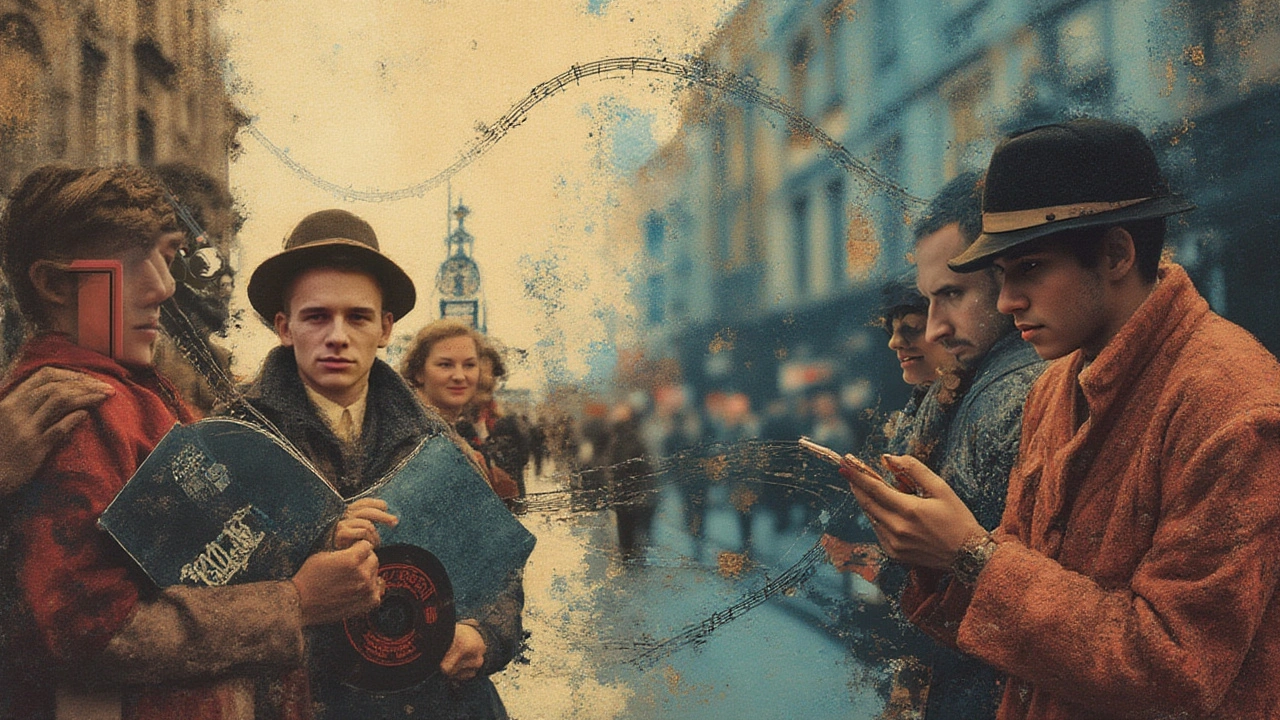
Blues and the Web of Modern Music
Here’s a wild thought: Without the blues, there’d be no rock ’n’ roll, jazz (not the kind you know), or even hip hop as we hear it now. The backbone of blues—those twelve-bar progressions, the call-and-response, the improvisation—sneaked into all sorts of music like a stubborn house guest. The Rolling Stones, Led Zeppelin, and Eric Clapton had their biggest hits tracing Muddy Waters or Muddy’s idol, Robert Johnson. Elvis Presley was belting out blues covers before anyone heard the King on the radio.
It gets even weirder when you know that blues made its way to the UK and then bounced back as Brit rock, so American teens started falling back in love with their homegrown sounds by way of the Beatles and Stones. Hendrix took blues guitar into another solar system and never looked back. Even someone like John Mayer, who doesn’t seem old-school, learned his licks from the chord shapes Albert King invented.
Hip hop beats, jazz improvisation, soul singing—they all owe rent to the blues house. Pharrell Williams sampled Muddy Waters. Kendrick Lamar has been known to reference blues-style themes in his lyrics (even outside references to struggle and overcoming adversity). Strong evidence of this influence is everywhere. Beyoncé’s “Daddy Lessons”? That’s got blues all over it. Rappers may rap, but every line that tells a gritty story, confesses pain, or claims survival has a bit of blues blood in it.
Keeping the Blues Alive: Traditions and Revival
You might think blues is something from your granddad’s record shelf, but that’s far from the truth. Blues jams happen every single weekend in places you might not expect—Osaka, Melbourne, London, Mexico City. People of all kinds haul battered guitars, harmonicas, and sometimes even washtub basses into clubs to play old standards and invent new solos. What’s funny: the blues community is famously welcoming. Walk into a blues jam with nervous hands, and as long as you can keep up with a twelve-bar, they’ll pull you in like family.
Festivals like the Chicago Blues Festival, the International Blues Challenge, and King Biscuit Blues Festival draw fans from every generation. There’s always a fresh crop of young musicians, people barely old enough to drive, flooding TikTok and YouTube with blues covers. Christone “Kingfish” Ingram, who’s just in his twenties, is getting raves in Rolling Stone for bringing the classic blues spirit with a wild new energy. That’s not nostalgia; that’s evolution.
Another thing I love: Blues societies. Every big city, and a lot of small ones, have nonprofit groups keeping the scene active. They set up open mic nights, teach kids, and award scholarships. When major artists tour, these volunteers keep the crowds hype and the stage lights on. It’s wild how much the local blues scene runs on pure love for the craft and the groove.
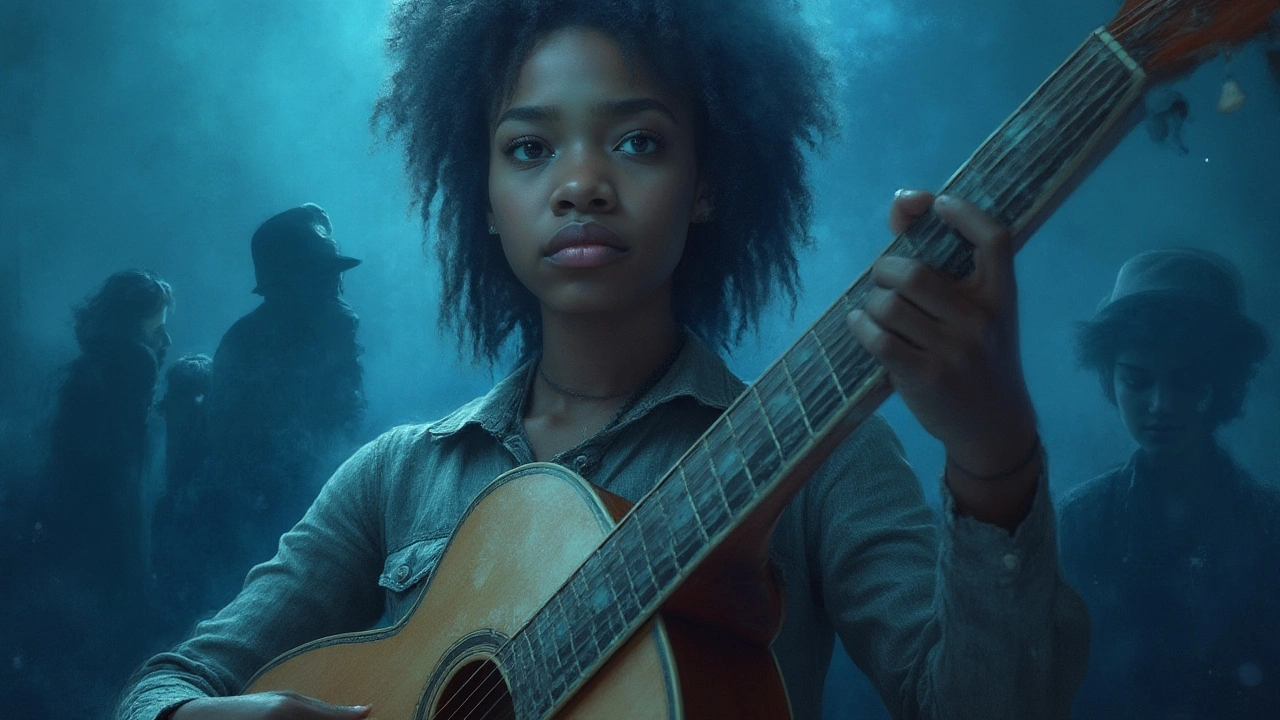
Tips for Digging Deeper: Your Own Blues Journey
If you’re reading this and thinking “Alright, I want to hear what the blues fuss is about,” you don’t have to go far. Streaming services toss out playlists loaded with everything from Blind Lemon Jefferson to Beth Hart. But here’s the smarter way: Pick one blues legend, read a little about their story, then listen to three or four of their most famous tracks. You’ll start picking up on how their style changed depending on the time in their life or the people they played with.
Jump into local blues jams or festivals—even if you’ve never played an instrument, just showing up will pull you into the atmosphere like a handshake. If you do play, learn the basic “shuffle”—the classic 12-bar blues pattern. YouTube has killer lessons; just type in “how to play a blues shuffle” and you’ll unlock hours of fun (and maybe a few calluses).
Here’s a nerdy tip I learned from spending way too much time talking with buskers: try tracing a modern band’s roots back to their blues influences. For example, Gary Clark Jr. tips his hat to Stevie Ray Vaughan, who barely left Austin but changed Texas blues forever. Stevie admired Albert King, who loved T-Bone Walker—see the connection? Each step tells you something about how the music keeps growing.
- Check out “King of the Delta Blues Singers” by Robert Johnson. Those recordings changed everything.
- Listen to Etta James’ “At Last” for a dose of bluesy soul that’s become a wedding favorite for a reason.
- Read “Deep Blues” by Robert Palmer—a wild ride through backwoods juke joints and big city bars (without the dry textbook feel).
- If you’re ever near Clarksdale, Mississippi, drop by the Delta Blues Museum. It’s holy ground for blues fans.
The blues doesn’t care about fancy gear or formal rules. It begs for raw honesty—about love, about pain, about being knocked down and getting up again. Maybe that’s why it sticks with us year after year, working its way from battered records all the way up to streaming charts. So, next time you catch a soulful riff, tip your hat to the long road traveled, and know that the blues music never left—it just keeps showing up when you need it the most.

